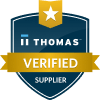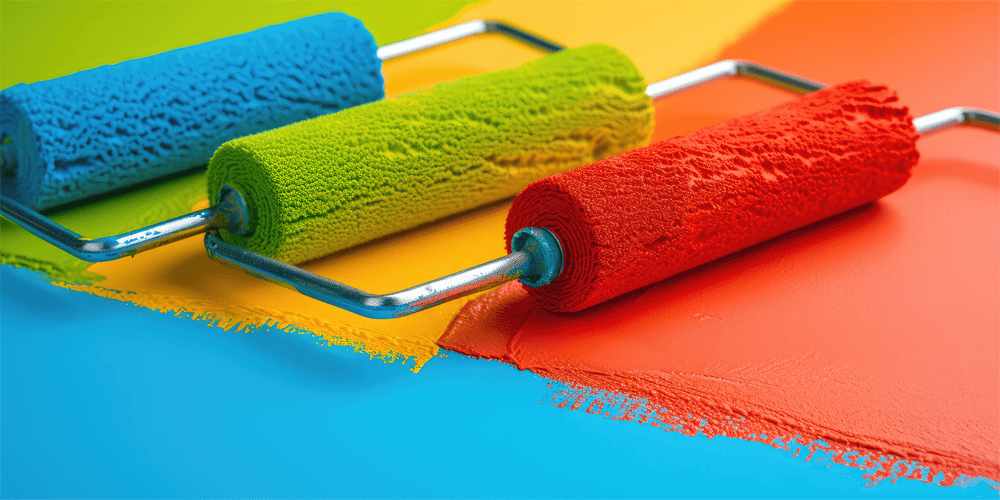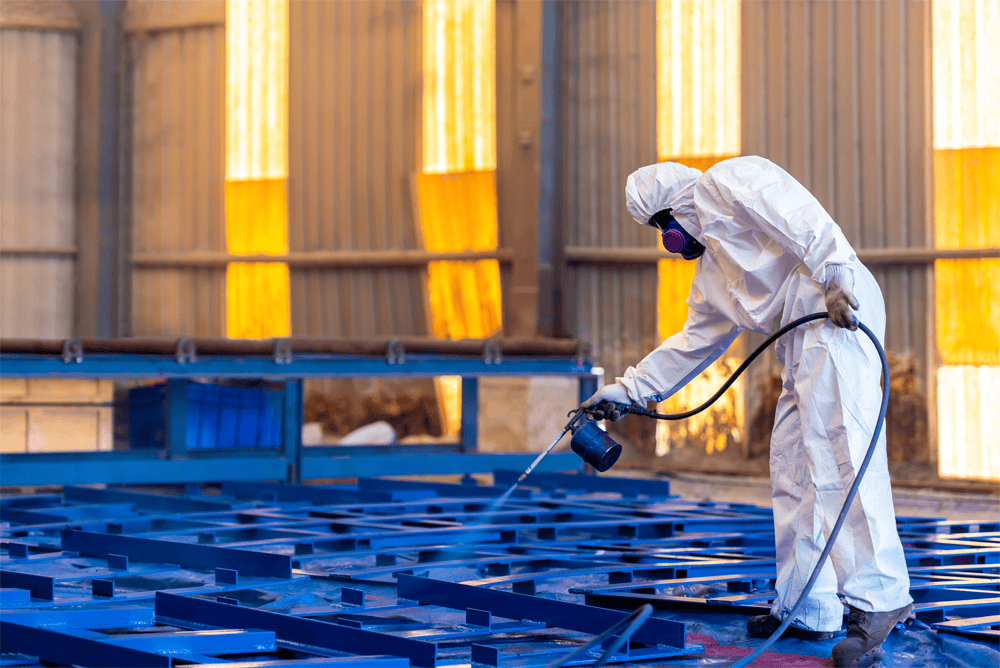Foam develops during the manufacture and application of many types of waterborne coatings, inks, and adhesives. Heads of foam, which are caused by mixing and grinding, or that develop during automated filling operations, increase production time and lower the output of the manufacturing process. During application, entrained air and foam are also the causes of undesirable surface defects such as craters, fisheyes, and pinholes. For these reasons, the incorporation of a defoamer is important in many waterborne products.
How Defoamers for Paints and Coatings Work
To control the formation of foam during the pigment grinding process, 100% active defoamers are commonly employed due to their ability to withstand the high shear forces applied. This is especially true when the viscosity differential between the defoamer droplets and the foaming medium is large. Care must be taken when selecting a defoamer for the grind operation, because the shear forces can reduce the defoamer droplets to a size too small to be effective, resulting in a marked loss of defoaming efficacy.
By contrast, in situations where gentle stirring is typically employed — notably when sensitive binders are used, when adding to the letdown, or when the defoamer is to be added to the finished product — the addition of a water-based defoamer emulsion may be preferred. Defoamer emulsions are typically supplied in a finely dispersed form, which helps to facilitate their ready incorporation into the paint or coating.
Further, the performance of defoamers can be improved through the incorporation of fine (micron-sized) hydrophobic particles such as AMS’s AMSil brand of treated silica, and in many cases, the presence of these particles is fundamental to the overall defoaming performance. Foam destruction by this mechanism is called de-wetting, whereby the surfactant film that stabilizes the foam lamella cannot wet the hydrophobic particles and so it pulls away.
Defoamers for Paints and Coatings: Waterborne vs. Solvent-borne
Defoamers for paints and coatings serve different functions depending on whether the coating is an industrial or an architectural coating and if it’s waterborne (WB) or solvent-borne (SB). Industrial WB paints and coatings utilize defoamers during manufacturing processes like mixing to stabilize or prevent foam production. Defoamers also facilitate WB coating application by limiting foam generation during spraying. For architectural WB paints and coatings, the primary use for defoamers is in WB systems.
SB defoamer alternatives help prevent foam generation during the application stage of industrial paints and coatings. They also lessen the chance that, when a coating dries, the surface will be left with craters or other defects giving it a foamy look. Using defoamers for SB systems utilizing architectural coatings, however, is only done by exception.
How to Select a Defoamer for Paints and Coatings
When selecting a defoamer for your application, be sure to first consider the following:
- How and when does your system produce foam?
- Is the defoamer’s concentration compatible with your application’s system?
- Can the defoamer spread quickly enough atop the foam’s surface to effectively penetrate and burst the foam bubbles?
- Do you need to make any considerations regarding viscosity, temperature, etc.?
For example, organo-silicones, a common silicone-based defoaming agent, resist both hot and cold thermal conditions for good versatility of use. These chemically inert defoamers are also physically stable and experience exceptionally low surface tension. Defoamers with a silicone base are typically polysiloxanes, such as, for example, polyether-modified polydimethylsiloxane and polydimethylsiloxane with acrylate functional groups.
Polyacrylic acid, a polyacrylate defoaming agent, helps rid a system of foam by altering the polymer’s molecular weight and polarity. This results in selective incompatibility. It’s important to consider the gloss of polyacrylic acid, however, to ensure it’s the right fit for your needs. When in doubt, our team of experts can help you choose the best defoamer option for your unique application.
Quality Defoamers for Paints and Coatings From AMS
Whether your product is a decorative matte paint that responds well to a traditional mineral oil-based defoamer, or a high-gloss architectural paint that requires an organo-modified siloxane defoamer, Applied Material Solutions (AMS) manufactures an array of products across the spectrum of defoamer chemistries. Our products are sold in packages ranging from 5-gallon pails to bulk tank wagons.
In addition to antifoams and defoamers, AMS offers a range of value-added services, such as:
- Private labeling for companies reselling defoamers
- Drop-shipping
- Toll manufacturing
- Customized formulation
Contact us today to learn more about our products and services.
Further resources:






